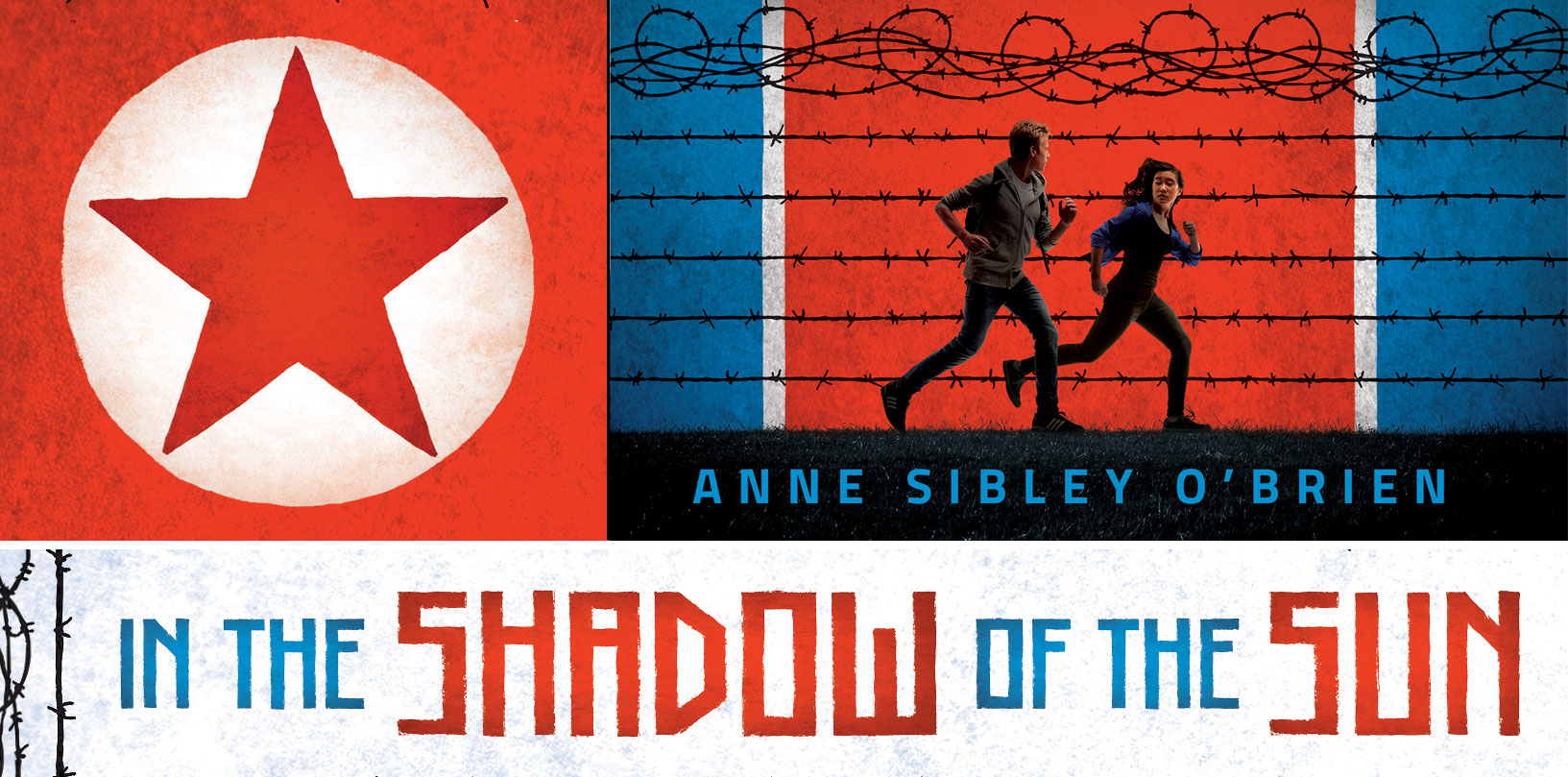I write this phrase every time I autograph a copy of After Gandhi. But Gandhi’s statement, “Be the change you want to see in the world,” is so often quoted that it’s hard to hear it.
What does it actually mean to be the change?

My early image of what it meant to fight racism was to work with people of color, being “helpful.” Realizing – with some reluctance – that the real work was in the white community, I tried to be a righteous warrior, raising awareness of how whites are implicated in institutional and personal racism. With people of color, I worked hard to prove that I wasn’t one of those white people.
None of this was very effective.

Finally, I was guided to turn the spotlight inward, on myself. What was my experience of being white? How has racism impacted and shaped me? I began a lifelong exploration of the veiled realm of my own unspoken thoughts, attitudes and associations.
The more I investigate, the more I discover, and the more I feel small knots loosening, little gummed-up places unsticking, muddied thoughts clarifying. The process creates a little more room to breathe, to see, and to be. As the unconscious becomes visible, I’m empowered to act based on my conscious choices, in line with my intention. Bit by bit, I am transforming myself. In subtle but significant ways, it has transformed my relationships, both same- and cross-race.

There’s another Gandhi quote that addresses this:
“The only devils in our world are those running around in our own hearts, and that’s where all our battles ought to be fought.”
I think both quotes are simple statements of reality: For things to change, we must change.



